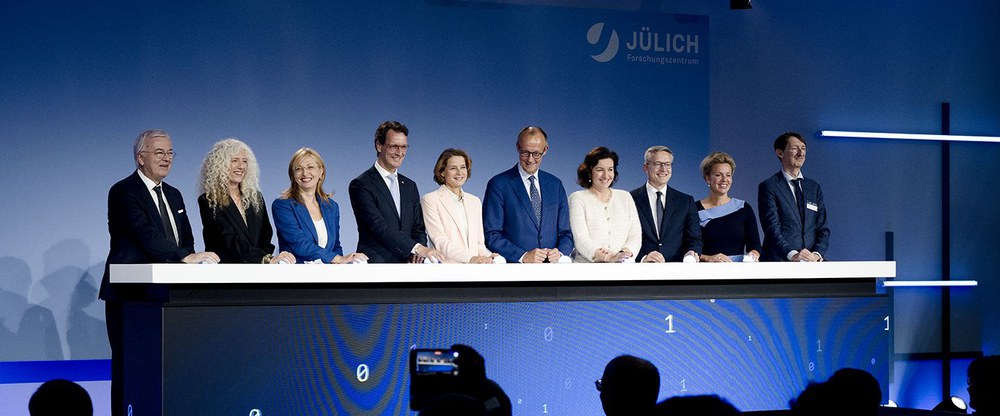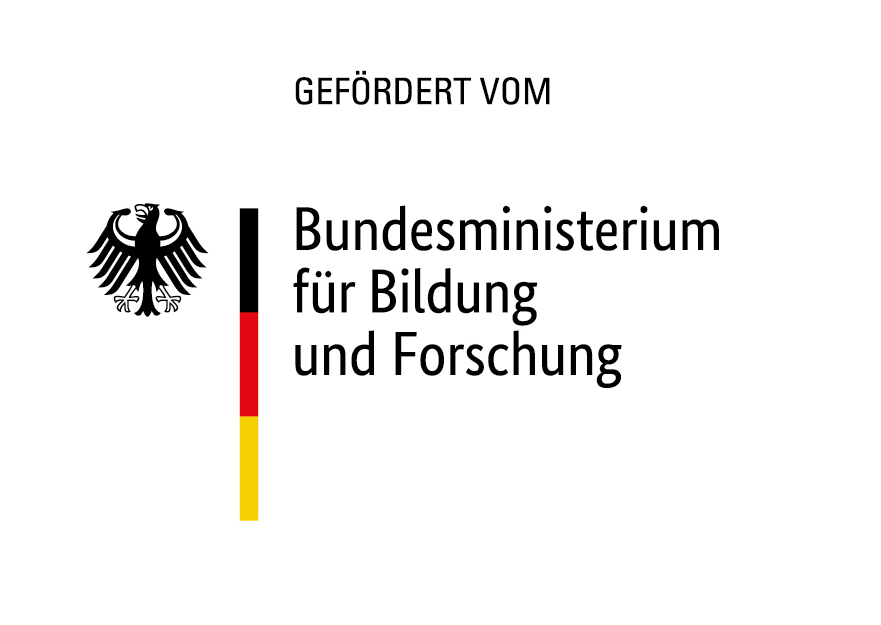Europe’s First Exascale Supercomputer JUPITER Officially Inaugurated
On 5 September 2025, Forschungszentrum Jülich hosted the ceremonial opening of JUPITER, Europe’s first exascale supercomputer. The event drew high-level guests from politics, science, and industry. In their speeches, they emphasized the significance of JUPITER for Europe’s technological sovereignty, AI innovation, and scientific discovery.
About JUPITER
Developed by the Jülich Supercomputing Centre (JSC) with the EuroHPC Joint Undertaking, JUPITER (Joint Undertaking Pioneer for Innovative and Transformative Exascale Research) is Europe’s fastest and the world’s fourth fastest supercomputer. It also aims to be the most energy-efficient at this scale, with plans of using innovative warm-water cooling that recycles heat for the Jülich campus.
Key features
- Exascale performance - Over 1 ExaFLOP/s for scientific simulations; more than 40 ExaFLOP/s for AI workloads.
- Architecture - The JUPITER Booster, delivered by Eviden, is powered by 24,000 NVIDIA GH200 Grace Hopper Superchips.
- Applications - Breakthrough research in climate, energy, medicine, materials, and neuroscience.
- Rapid deployment - Built in less than two years in a new modular data center.
- AI ecosystem - JUPITER forms the core of the JUPITER AI Factory, which will support not just science but also startups, SMEs, and industry.
Already, more than 100 projects worldwide are making use of JUPITER for applications ranging from extreme weather prediction, climate projections to brain mapping, drug development and carbon-neutral technologies.

View into one of the seven IT rooms with racks of the JUPITER booster (© Forschungszentrum Jülich / Sascha Kreklau)
JUPITER for ICON
For WarmWorld and the ICON Earth system model, JUPITER represents a transformative leap:
- High-resolution climate simulations – JUPITER enables global climate simulations at the km-scale, resolving processes like cloud microphysics, turbulence, and precipitation patterns with unprecedented detail.
- Integration across the Earth system – ICON on JUPITER couples atmosphere, ocean, ice, and carbon cycle — allowing more comprehensive simulations of Earth’s climate.
- From weather to climate – As Bjorn Stevens (Max Planck Institute for Meteorology) emphasized, JUPITER makes it possible to simulate climate starting from weather itself rather than scaling down from climate models. This shift allows researchers to understand how climate change manifests regionally — in rainfall, winds, or heatwaves — and to generate data that can also train AI models.
- Extreme events and adaptation – With this new approach, scientists can better predict extreme weather events such as heavy rainfall, heatwaves, or storm patterns, providing insights crucial for infrastructure planning, risk management, and societal preparedness.
- Accelerated discovery – The ability to run ultra-high-resolution simulations shortens the path from scientific question to actionable insights, vital for understanding and predicting extreme weather events and climate impacts.
The inauguration of JUPITER is more than a technological milestone — it marks Europe’s entry into the exascale era, securing leadership in climate modeling, AI, and scientific computing. For WarmWorld, JUPITER provides the computational backbone to push ICON simulations to resolutions and scales that were previously unimaginable, bringing the world closer to reliable, actionable predictions of climate extremes in a warming world. As Bjorn Stevens underlined, Europe’s real strength lies in the unique scientific data it generates — from climate to astronomy and beyond. By combining these data resources with JUPITER’s exascale capabilities, Europe can lead globally in understanding and addressing the challenges of climate change.
Watch the inauguration ceremony here.

Inauguration of JUPITER: Ceremonial act with Prof. Dr. Dr. Thomas Lippert, Director of Jülich Supercomputing Centre (JSC), Prof. Dr. Kristel Michielsen, Director of Jülich Supercomputing Centre (JSC), Ekaterina Zaharieva, Commissioner Startups, Research and Innovation, European Commission, Hendrik Wüst, Minister-President of North Rhine-Westphalia, Prof. Dr. Astrid Lambrecht, Chair of the Board of Directors at FZJ, Friedrich Merz, Federal Chancellor, Dorothee Bär, Federal Minister for Research, Technology and Space, Karsten Wildberger, Federal Ministry for Digital Transformation and Government Modernisation, Ina Brandes, Minister for Culture and Science of North Rhine-Westphalia,Prof. Dr. Laurens Kuipers, Member of the Board of Directors at FZJ. (© Forschungszentrum Jülich / Kurt Steinhausen)
